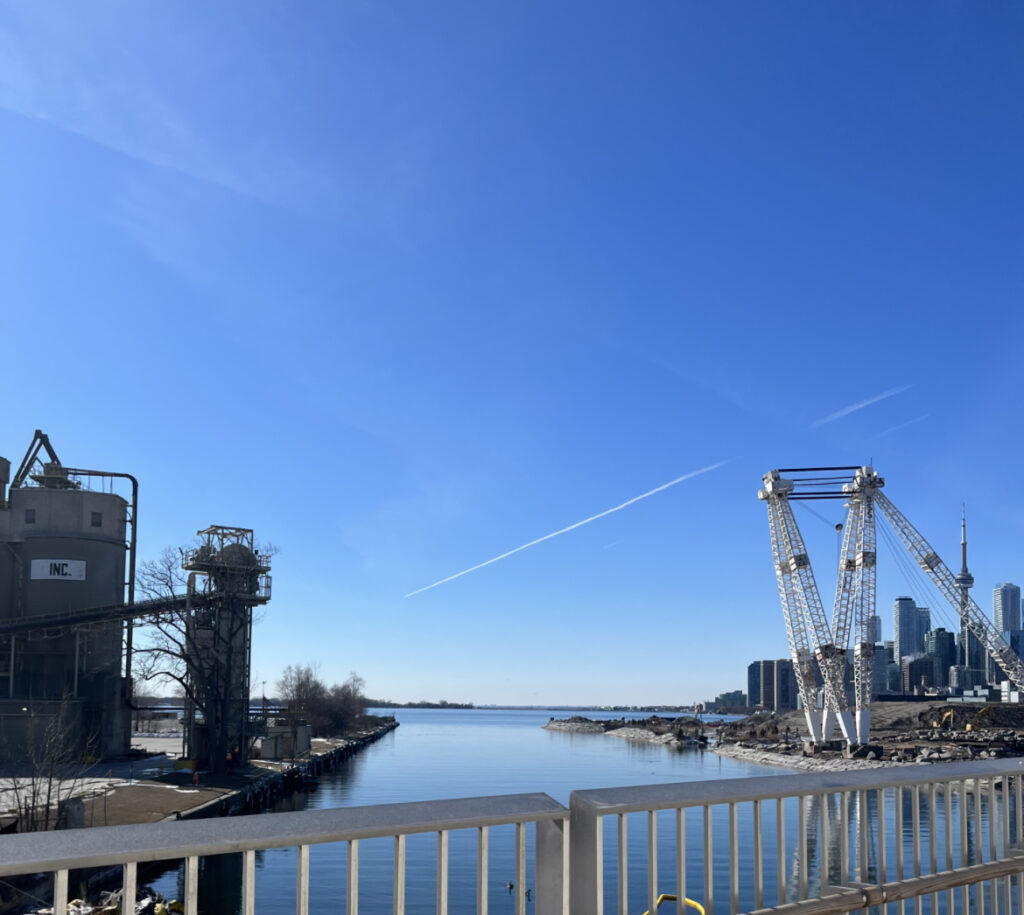
Toronto just set a new climate record of the longest consecutive days with temperatures over 8°C according to Environment Canada, who have been tracking temperatures for 184 years.
The 147-day period of record high temperatures runs April 28 – Sept. 22, 2024. The region’s weather has been tracked since 1840.
Health Canada tracks and reports on high temperatures and their potential health risks, some of which include rising cases of asthma and mental health issues. “It is clear that concerns about climate change have increased the stresses on the mental health of Canadians,” reads a press release from 2022 quoting the Minister of Health, Jean-Yves Duclos
Listen to the full story here:
Heat rash, heat cramps, heat edema, heat syncope, heat exhaustion, and heat stroke represent some heat-related illnesses. High temperatures could also be related to cardiovascular, respiratory and kidney conditions, and represent more of the overall health concerns according to the New England Journal of Medicine.
Toronto is considerably more vulnerable to rising temperatures, according to TMU’s George Thomas Kapelos, a professor in the Department of Architectural Science. According to him, urban areas can be 3-4°C warmer than surrounding areas when the weather is warmer. Kapelos called this the urban heat island effect in a recent paper, where dark surfaces like concrete or rooftops absorb heat and aren’t able to dissipate it at the same rate as green spaces or vegetation.
Lyn Adamson, co-chair of the Ontario Climate Emergency Campaign and Toronto’s Climate Advisory Group said “this is an equity issue, because you look at areas of the city with concentrated housing where there isn’t a lot of green, and there may not even be AC. […] This is where people are most vulnerable, because they get the heat island effect. So if you can build, bring in trees and some water, some relief from this kind of pressure, then that can really help.”
Use of fossil fuels for existing buildings currently make up approximately 56 per cent of Toronto’s greenhouse gas emissions according to the Toronto City Council website that also describes the Building Emissions Performance Standards – a Toronto City Council strategy, with a bylaw for building owners to slash emissions in the buildings.
“There’s going to be a fight back to this, but it’s extremely important to us responding to the climate crisis, so we would really call on everyone to take the time now to learn about and act on reducing our emissions in a really significant ways, housing and transportation are the biggest contributors, and then other areas that will help us are nature based solutions,” said Adamson.
“We really need to make changes,” said Adamson. “And I think making change can be exciting, it can be fun, and it brings a lot of opportunities, opens a lot of job opportunities, opportunities for young people to get involved, and it’s building a future that’s going to be livable for those who are young today.”
Cat lover. Enjoys dancing. Reporter for On The Record News.

